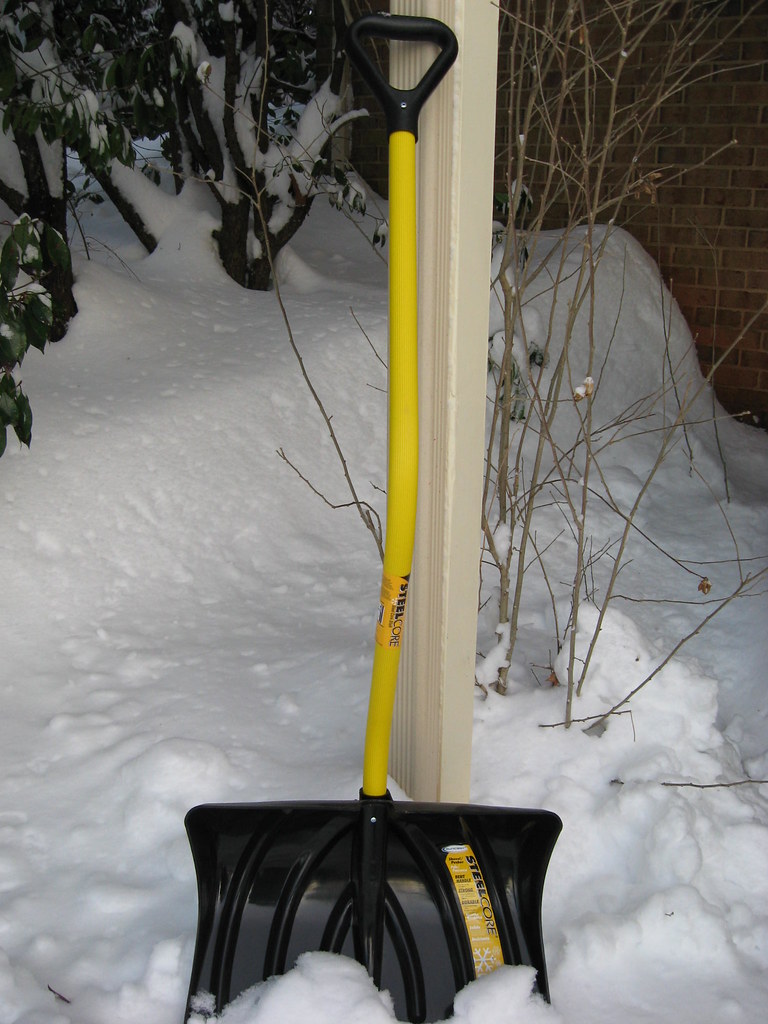Those that support conceptual art (performance art, video art, social sculpture, happenings etc.) art are mocked by those that do not understand it…and the myth of disbelief, shock, and awe is perpetuated by popular media.
Mimicry is common BECAUSE there is a long history of conceptual art, even when it’s lost.

Even the name Praxis is a lifted reference.
The history of conceptual art that James Franco tries to explain (the fellow on the Jimmy Kimmel Show) has strong roots in the Bay Area, as does video art. That’s why I chose to study for my MFA in New Genres at the San Francisco Art Institute. The Bay Area boasts artists: Tony Labat, Linda Montano, Doug Hall (AntFarm), Sharon Grace, Paul Kos, David Ireland, Karen Finley, and many, many more.
The Museum of Conceptual Art was created by one of my mentors, Tom Marioni. Tom is a big fan of Marcel Duchamp and the Readymade. Hypermodern.net represents 12 years of conceptual art education and I’m constantly asked, what for?
Simply, as Cathy Malchiodi writes, the massively important restoring power of imagination.
The phrases “art heals” and “art saves” have become ubiquitous and will continue to circulate; like many catch-phrases, they are just too cool to go away. Like any popular slogans, they blur real meaning; in this case the actual purpose of art is often forgotten.
Cathy summarizes further synthesizes and interprets Ellen Dissanayake’s book What is Art For?
1) Makes life special.
2) Engages the senses.
3) Involves rituals.
4) Enhances community.
When was the last time you went to an art show and got an experience, a prize, a few bucks, and a great story and thought differently about the present moment you just experienced. Free Memory. Free Money. Free Ideas…and a 2 minute smile free from economic stress. Or was it referencing the financial collapse, throwing money in a hole, and making peons work for it doing crazy tasks that don’t mean anything by diverting their own lust for financial gain? Why did they follow the rules of the over arching system? The title of the piece of mine is “Free Money, Sticky Fingers” made at SomArts. Check out their open call for more art in the hole.
Sound like art?
Yes.
Sound like MTV’s Jackass?
Yes.
Sound like conceptual art?
Yes.
Is everything art?
No.
Is everyone an artist?
No.
That’s why I can auction a crispy 100 bill and get $115.00 for it and be present in hundreds of people’s minds.
Thank you R. Mutt
When critiquing or defending artwork remember three core concepts: intent (what did the artist want to express), context (where, when, and who are they showing it to), and liability (will it put the artist or anyone else in danger, will it cost money from the artist or public, does it exclude anyone, does the artist take responsibility for the piece).
It all matters. Or maybe the medium is the message, or maybe the medium is the massage.